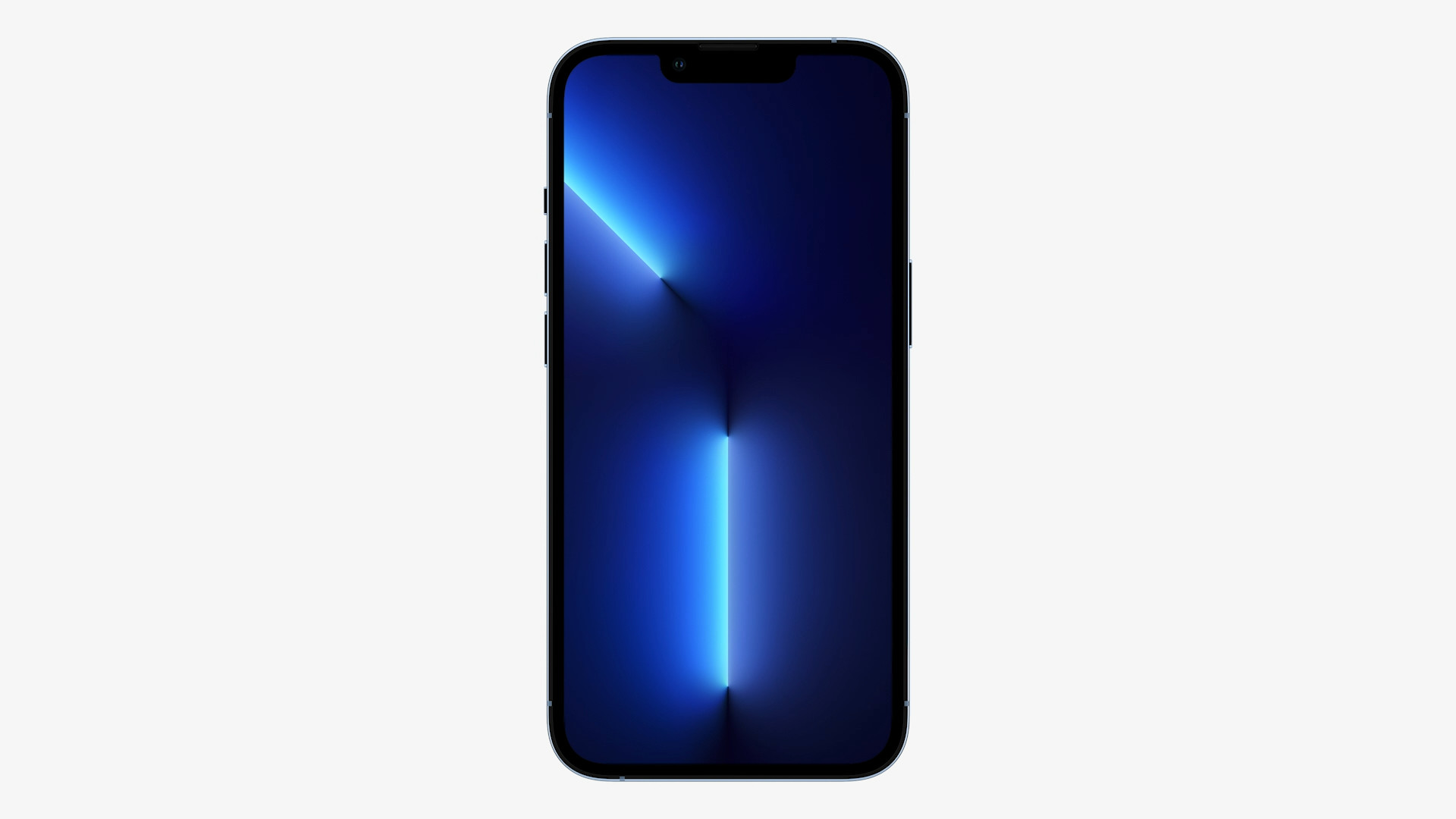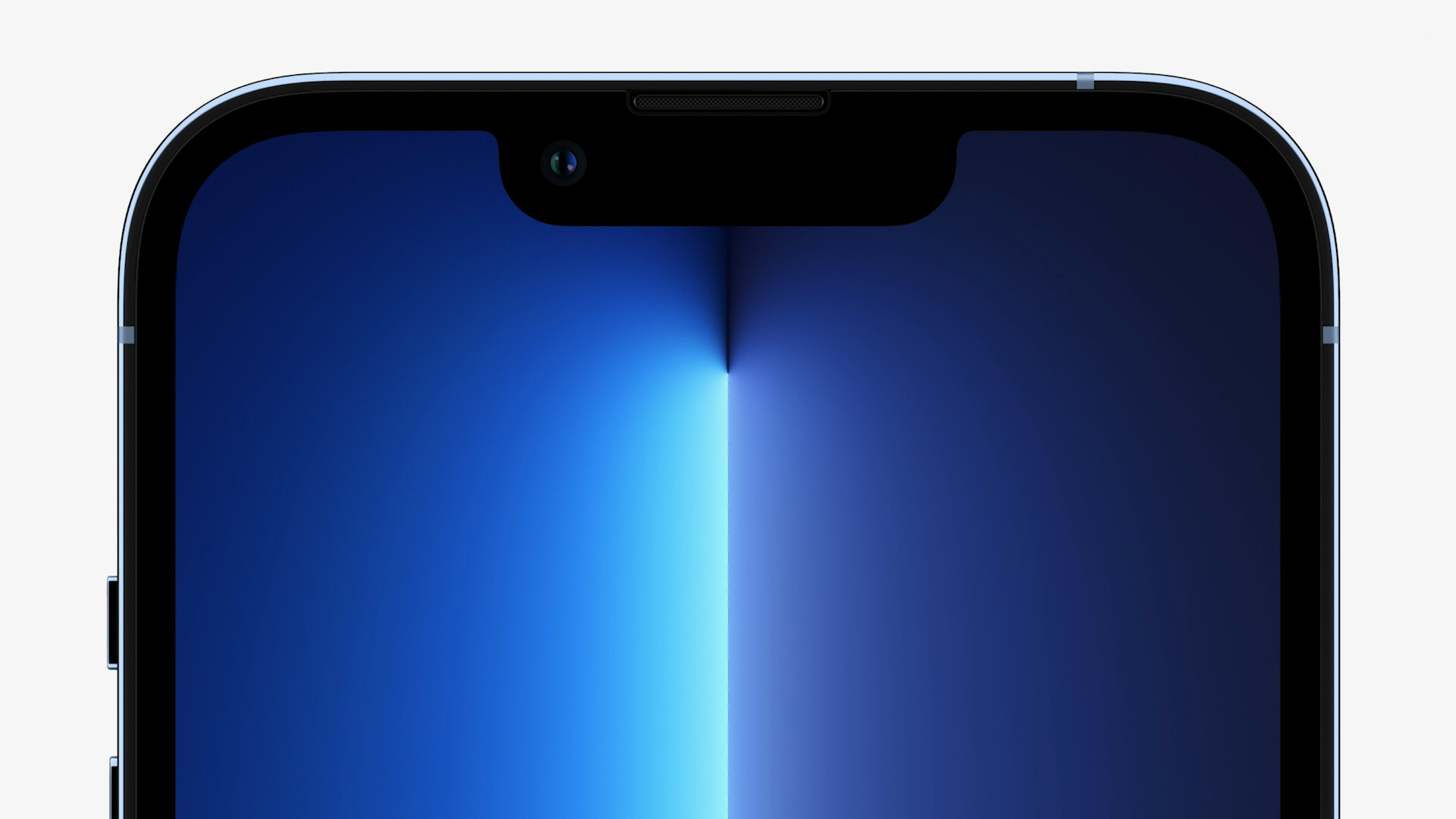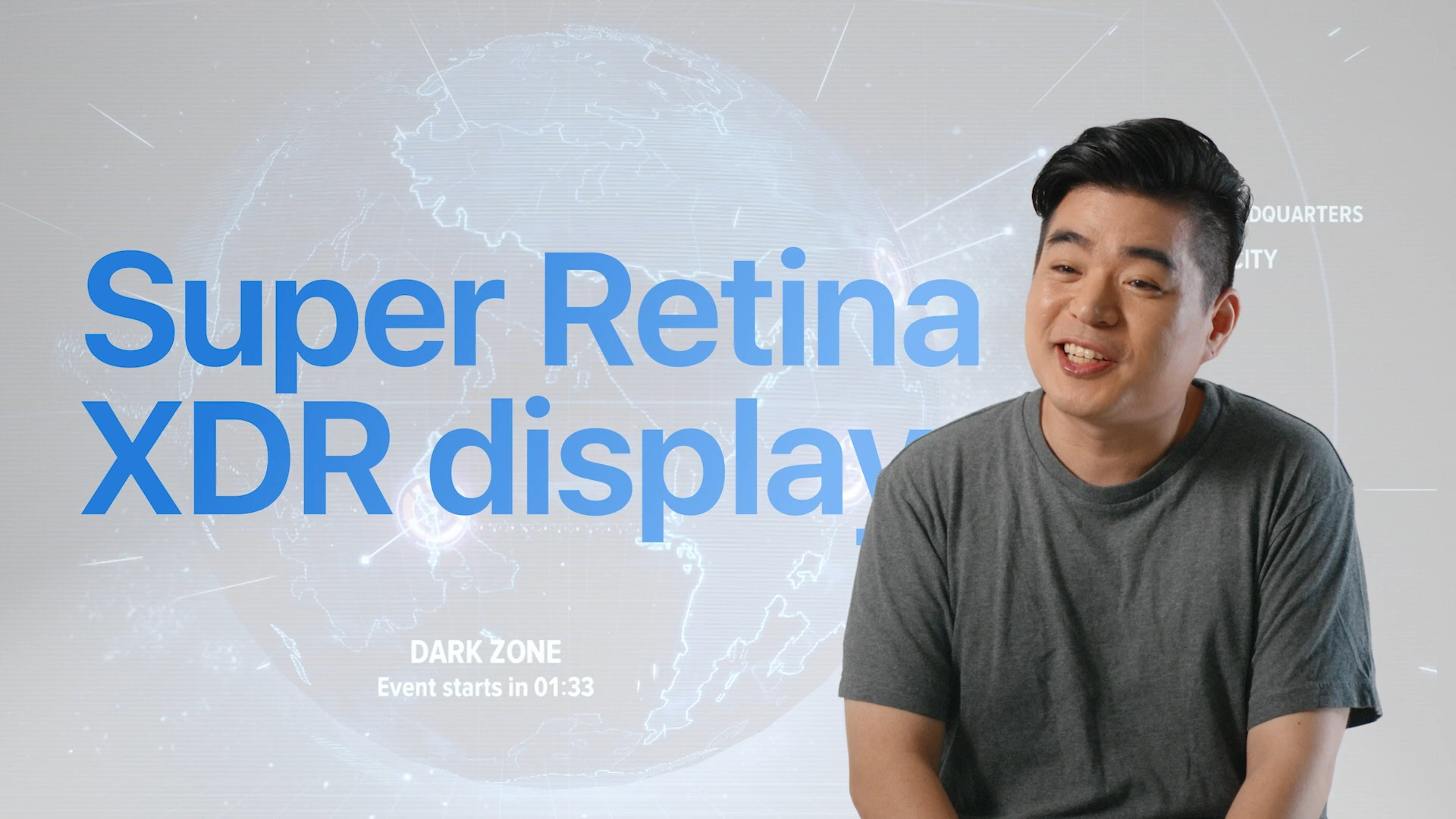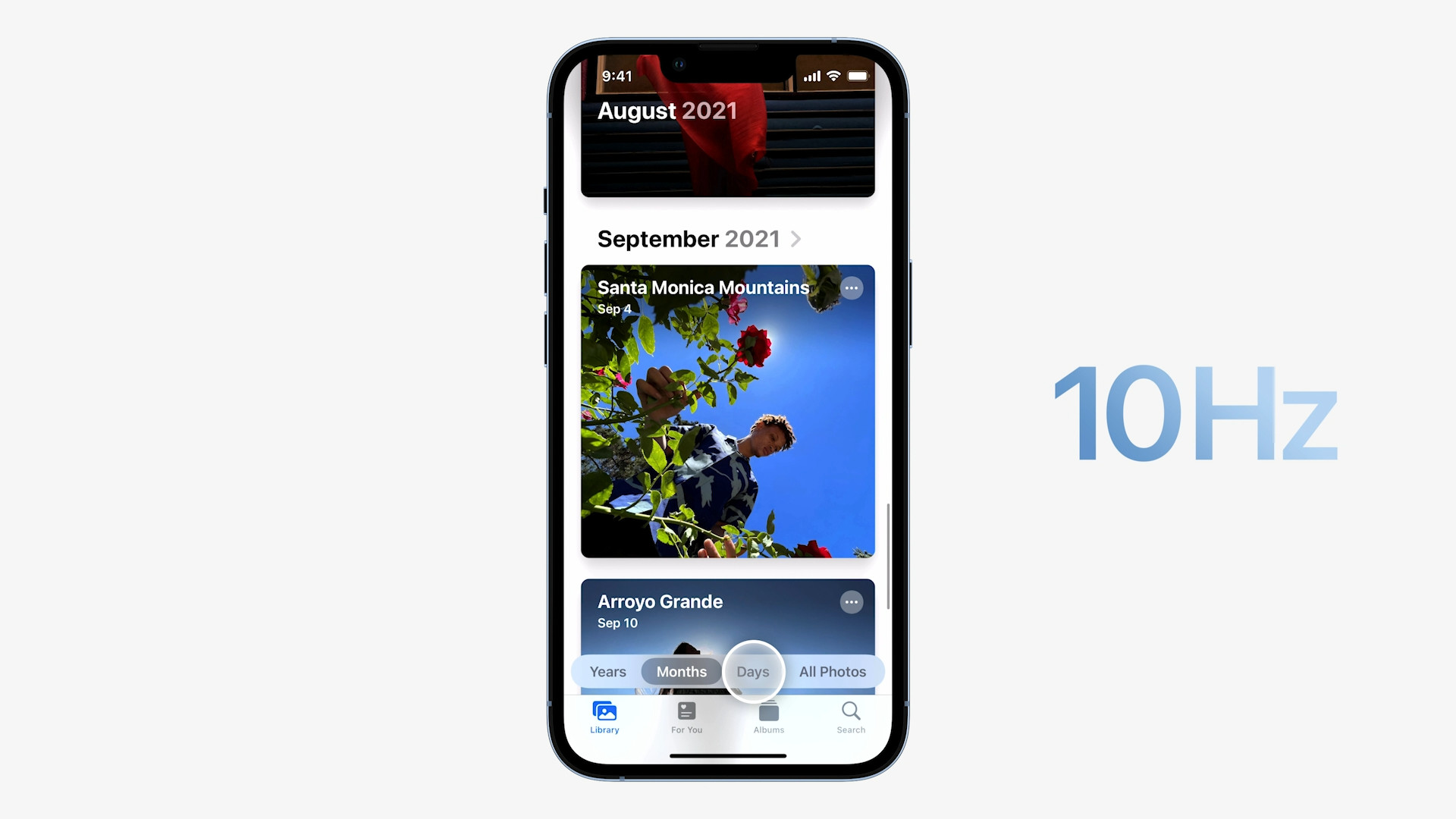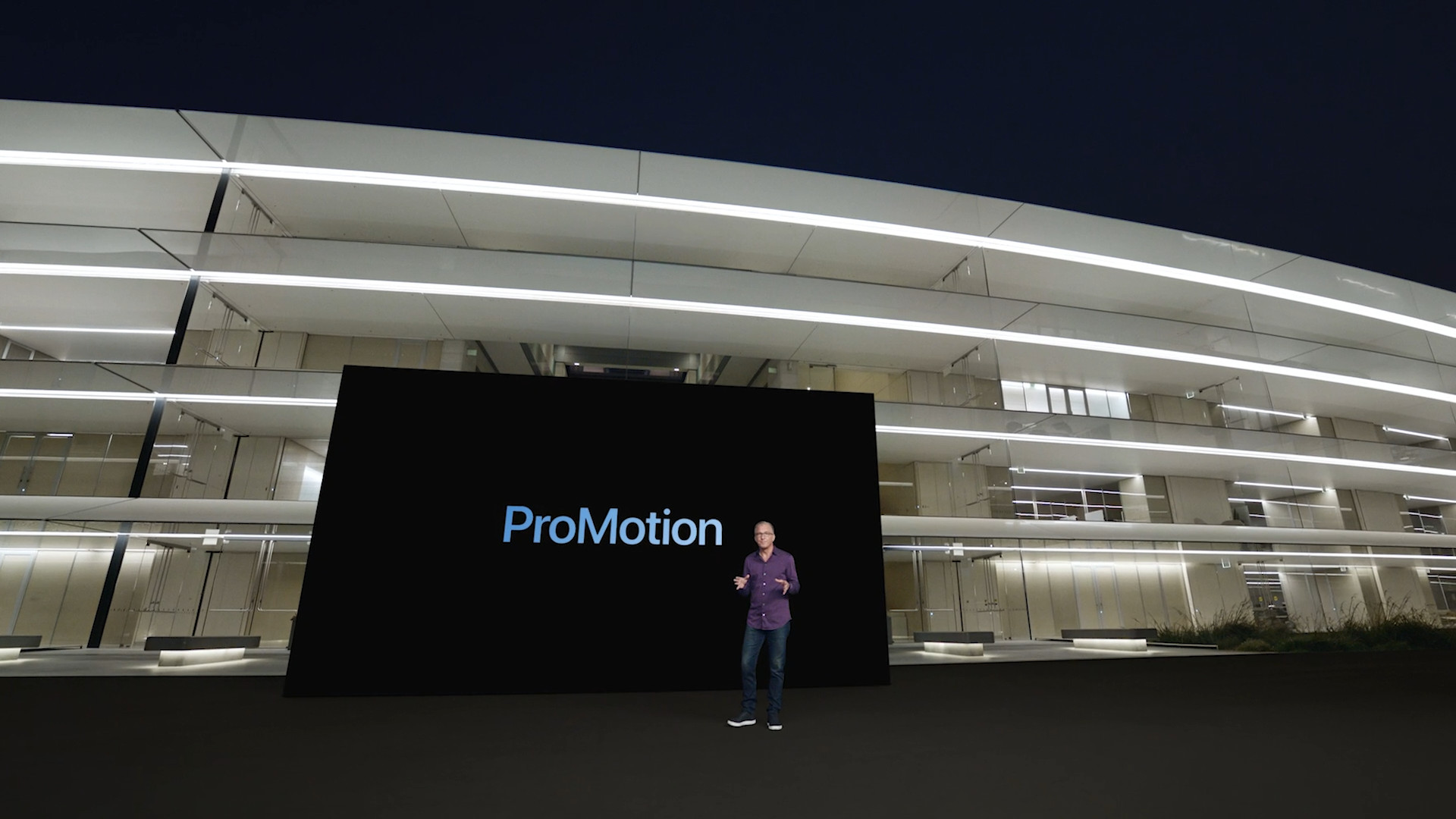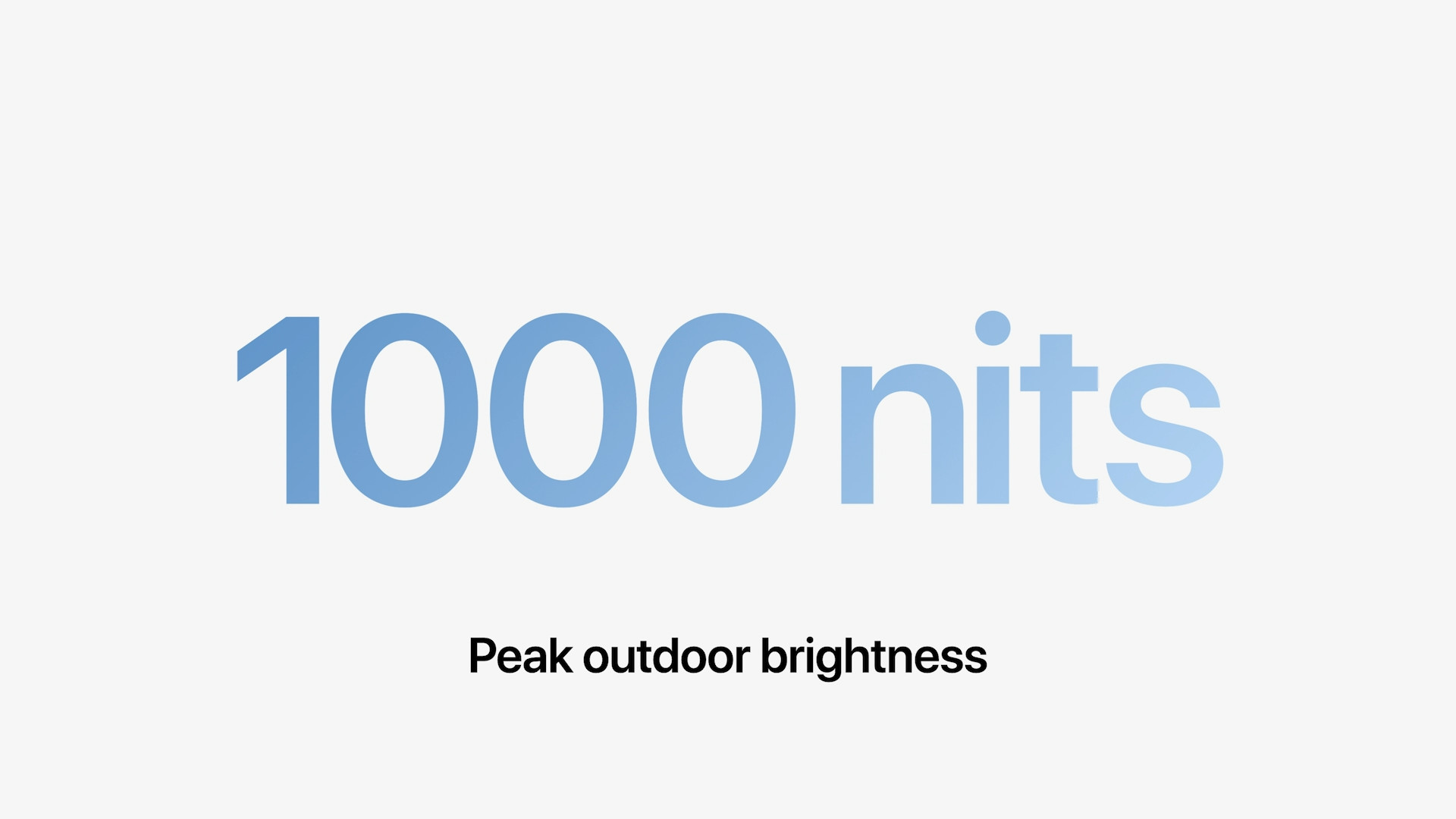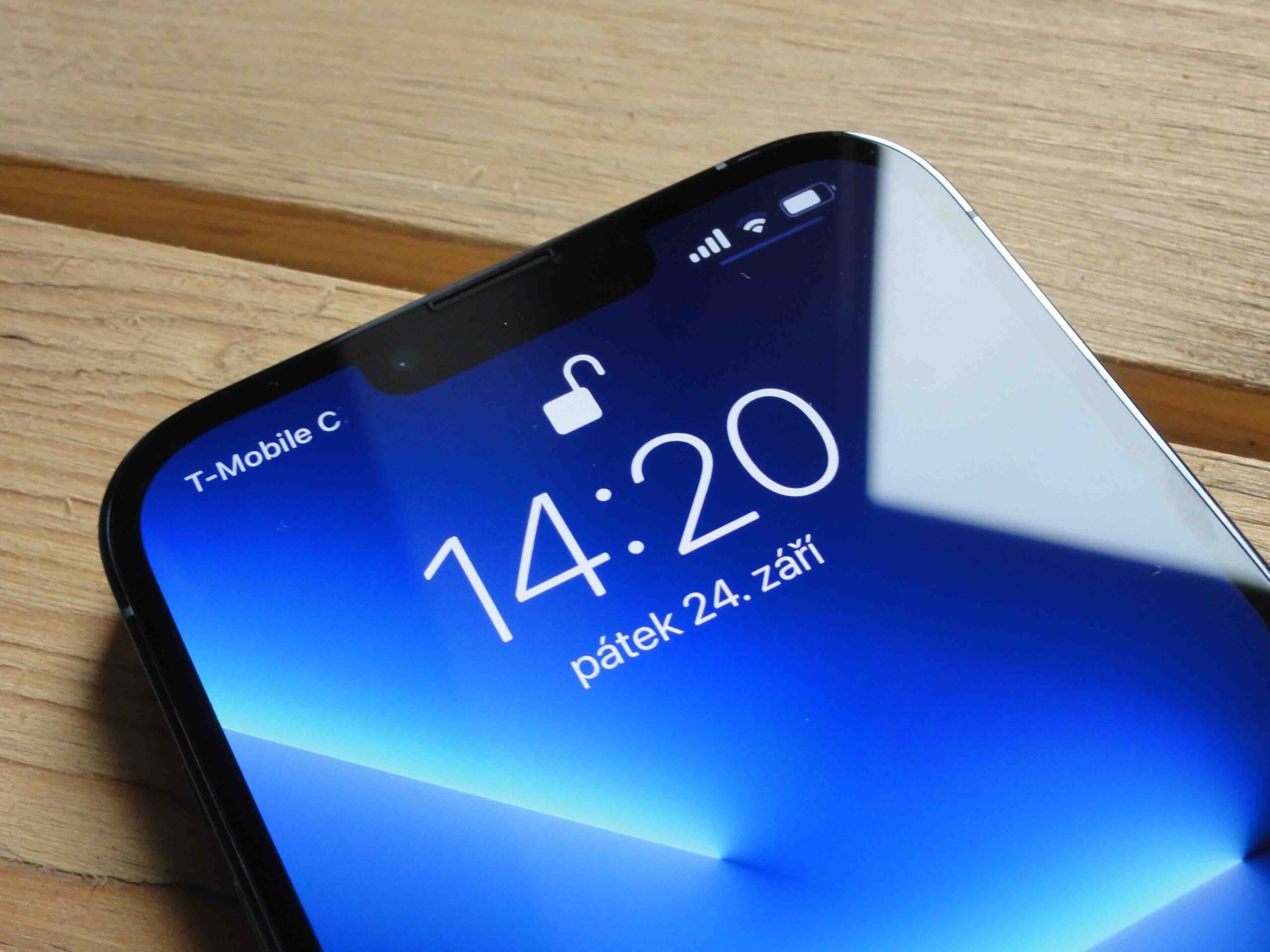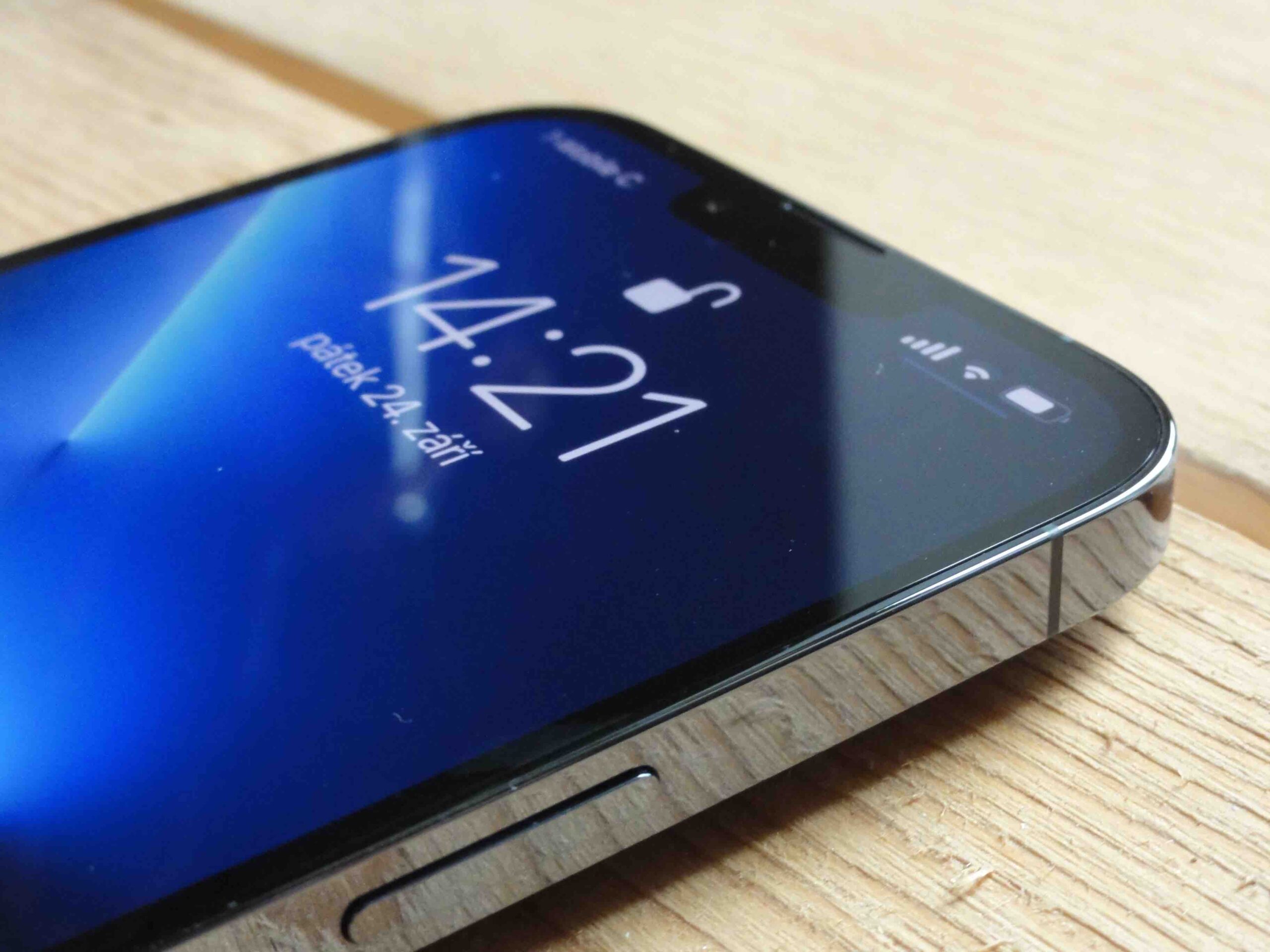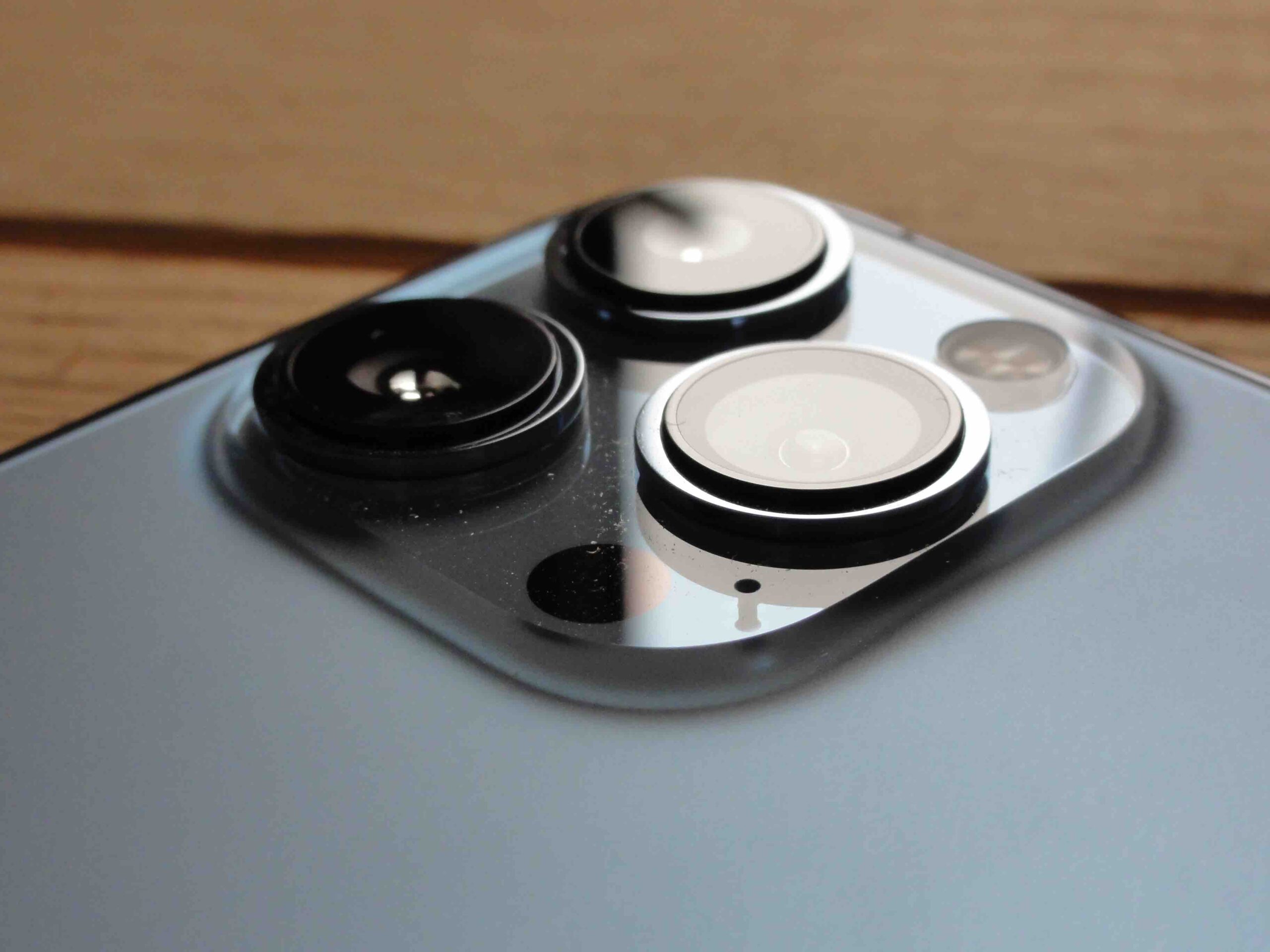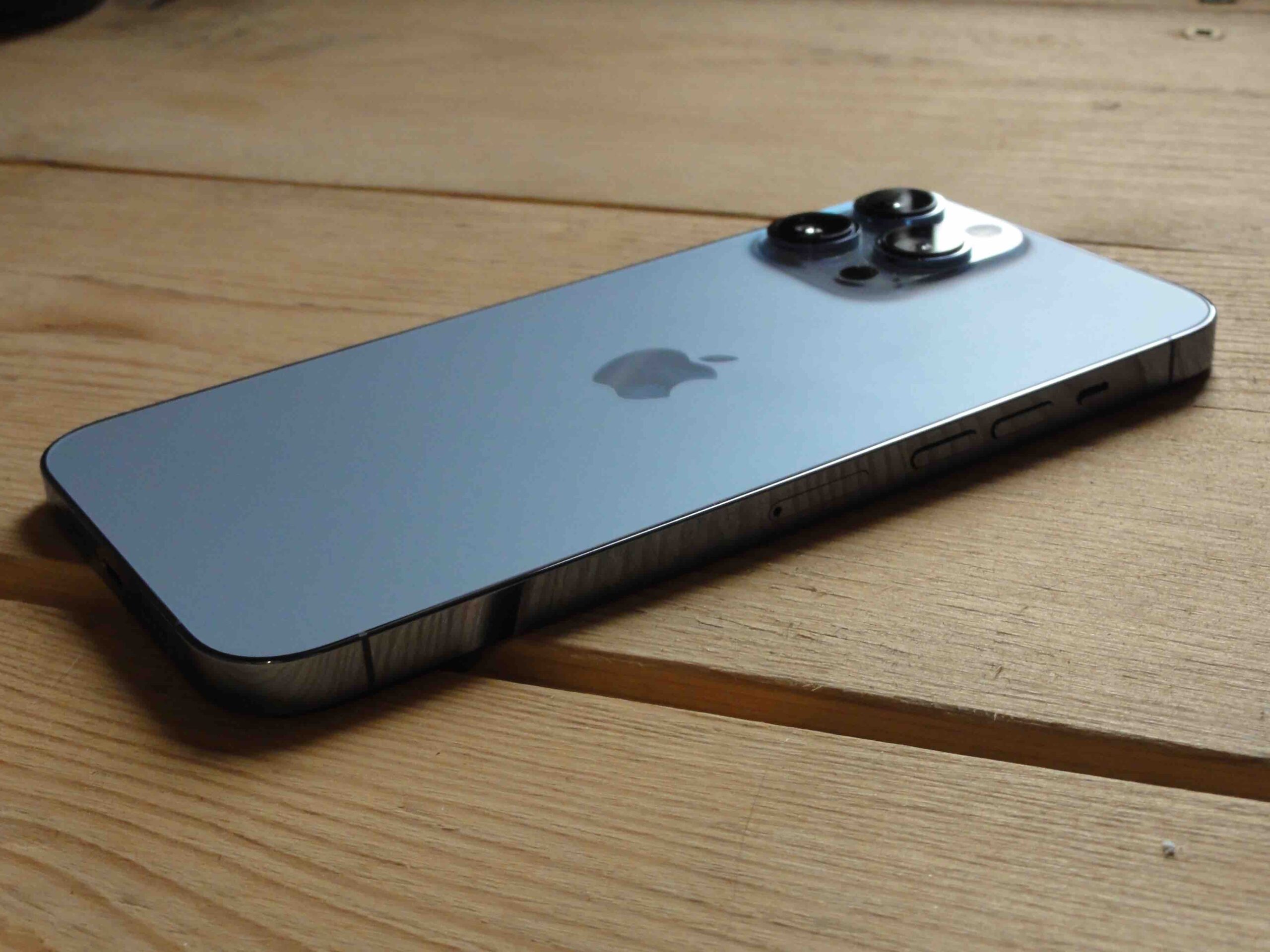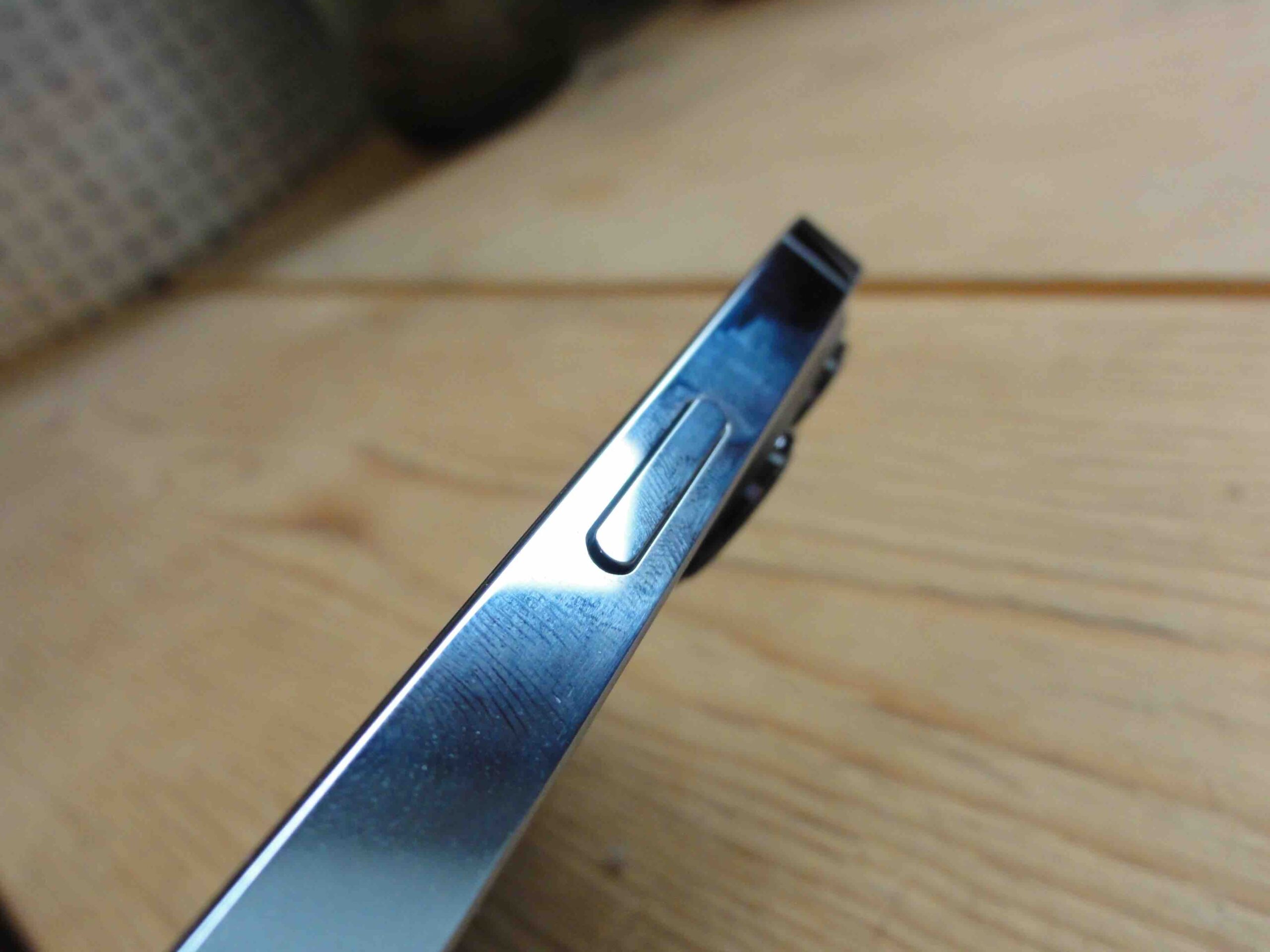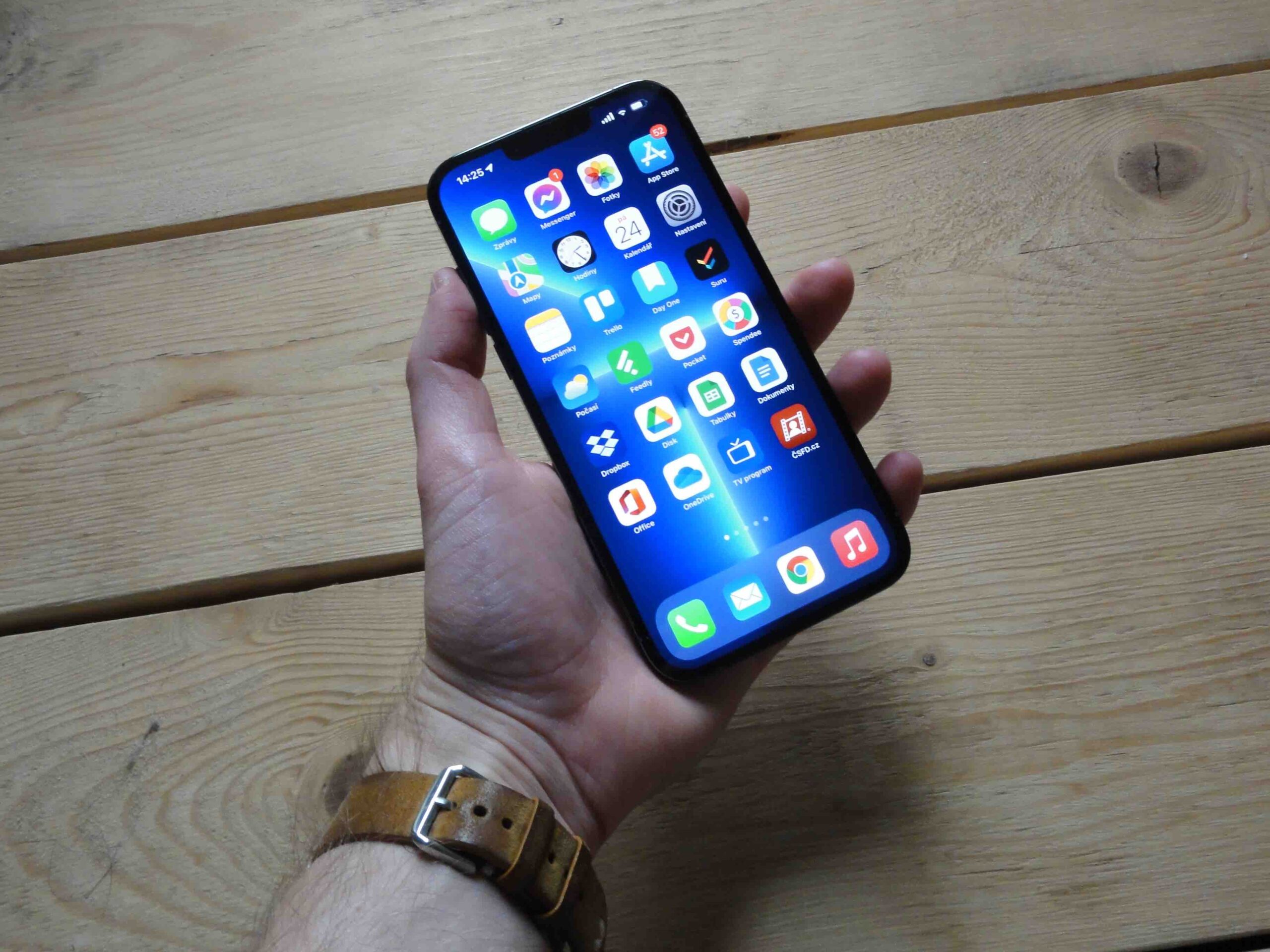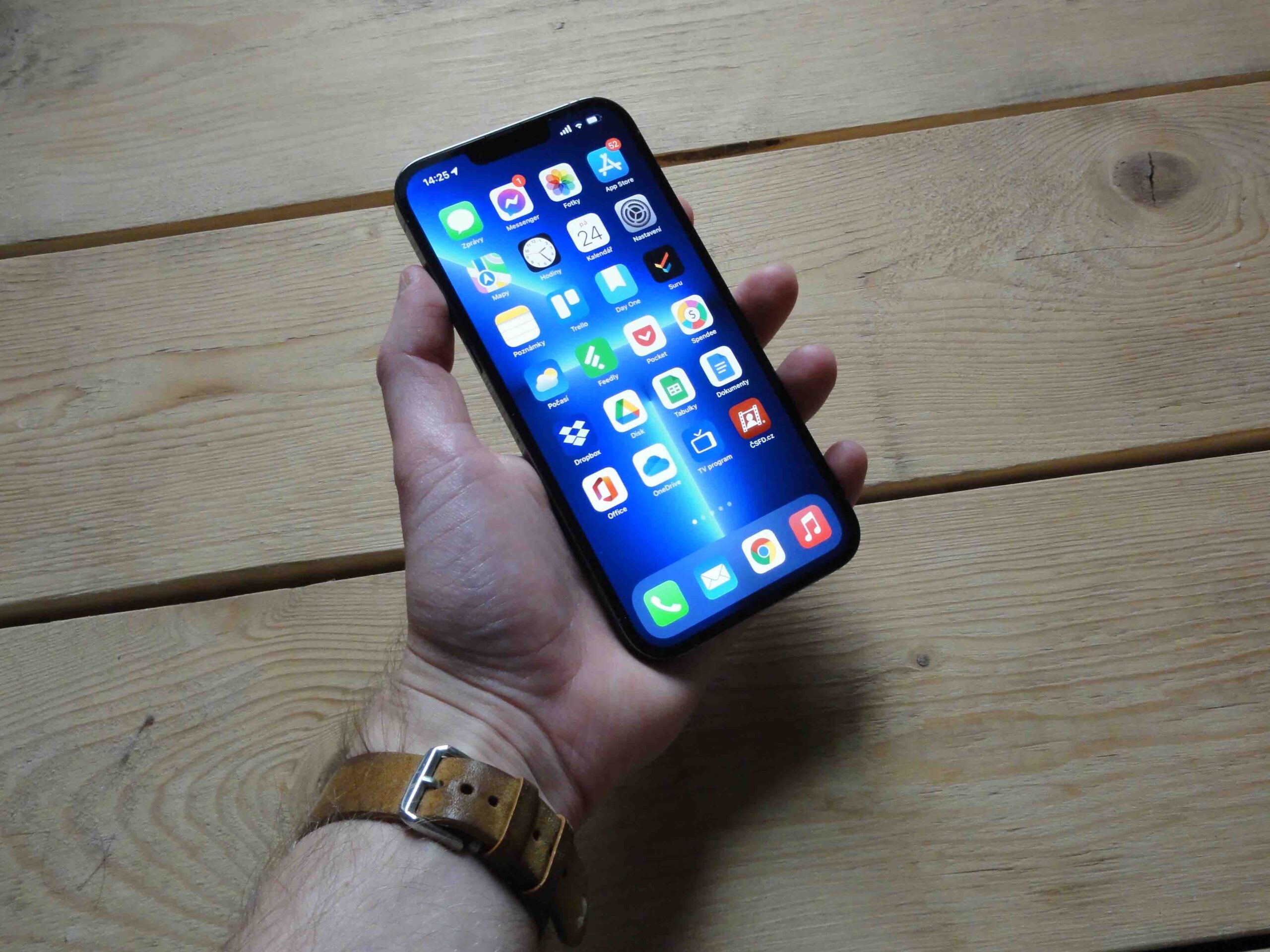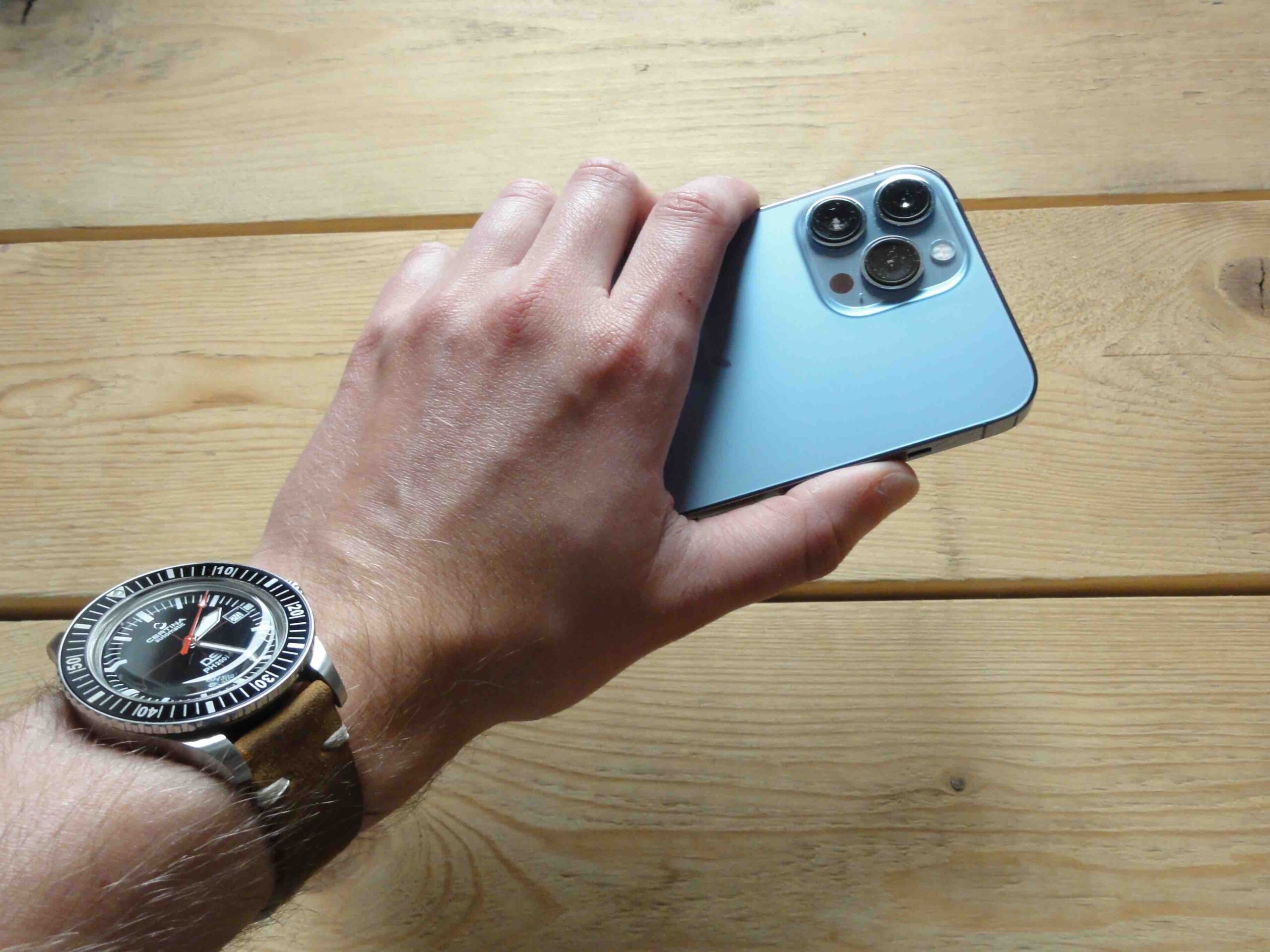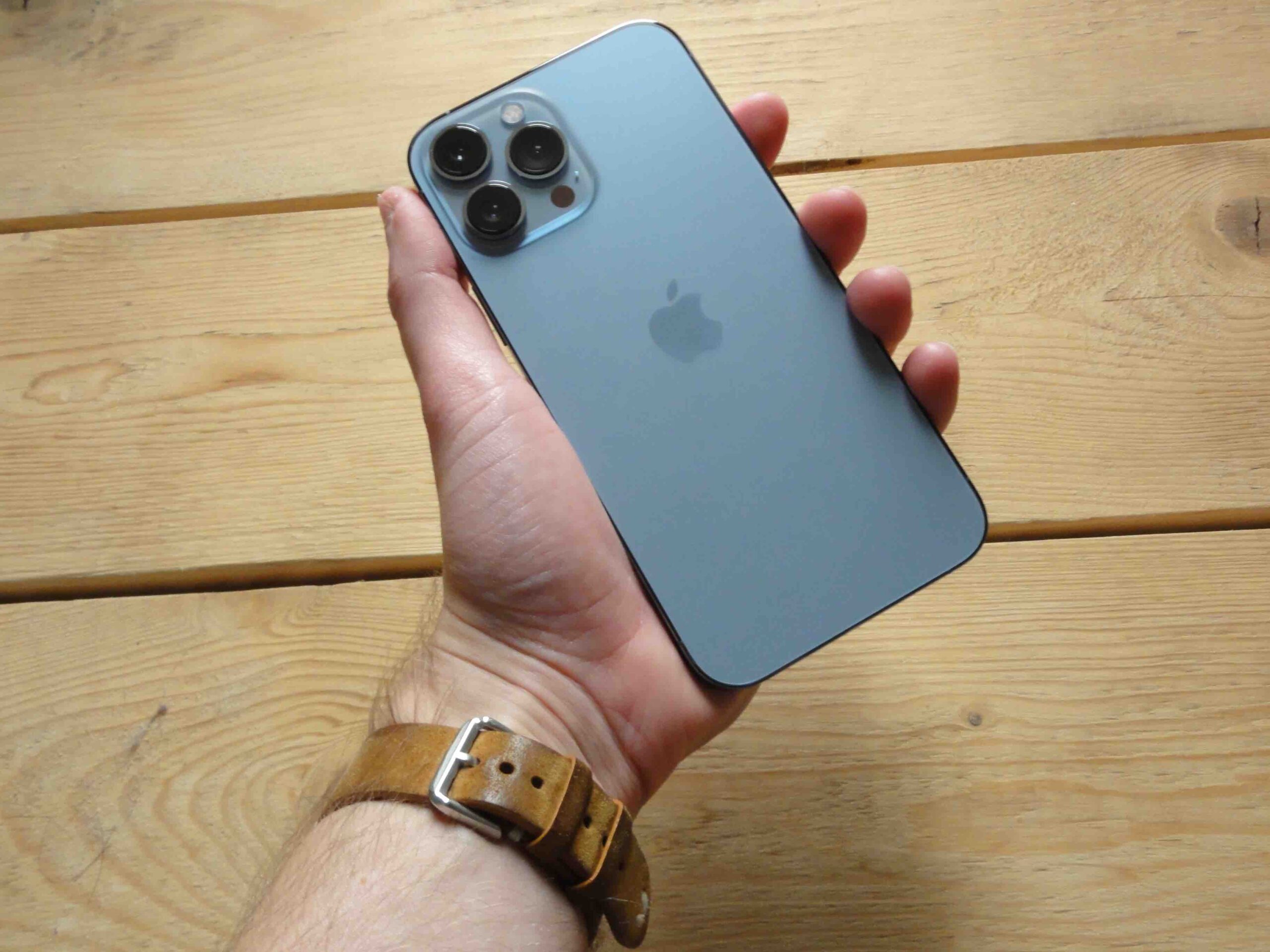Nowadays, many mobile phones already have a display that offers a refresh rate of 120 Hz. In most cases, however, it is a constant frequency, i.e. one that does not change with what is actually happening on the screen itself. The user experience may be fine, but the device's battery suffers from higher consumption. However, with its iPhone 13 Pro, Apple changes the frequency adaptively, depending on what you do with the phone.
Thus, the refresh rate may differ between the application and the game and any other interaction with the system. It all depends on the displayed content. Why should Safari, when you're reading an article in it and not even touching the screen, refresh at 120x per second if you can't see it anyway? Instead, it refreshes it 10x, which does not require such a drain on battery power.
It could be interest you
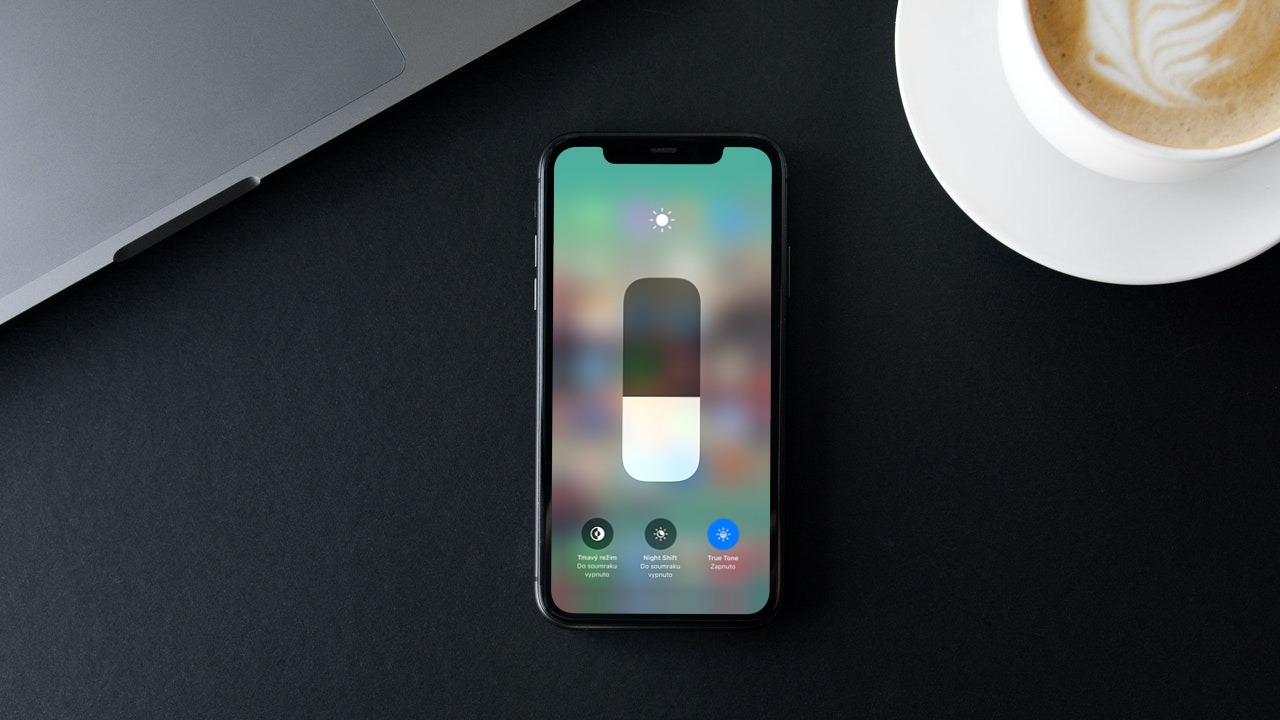
Games and video
But when you play graphically demanding games, it is advisable to have the highest possible frequencies for smooth movement. It will be reflected in practically everything, including animations and interaction, because the feedback is more accurate in that case. Here too, the frequency is not adjusted in any way, but it runs at the highest available frequency, i.e. 120 Hz. Not all games currently present in App Store but they already support it.
On the other hand, there is no need for high frequencies in videos. These are recorded in a certain number of frames per second (from 24 to 60), so it makes no sense to use 120 Hz for them, but a frequency that corresponds to the recorded format. That's also why it's hard for all YouTubers and tech magazines to show their viewers and readers the difference between a ProMotion display and any other.
It could be interest you
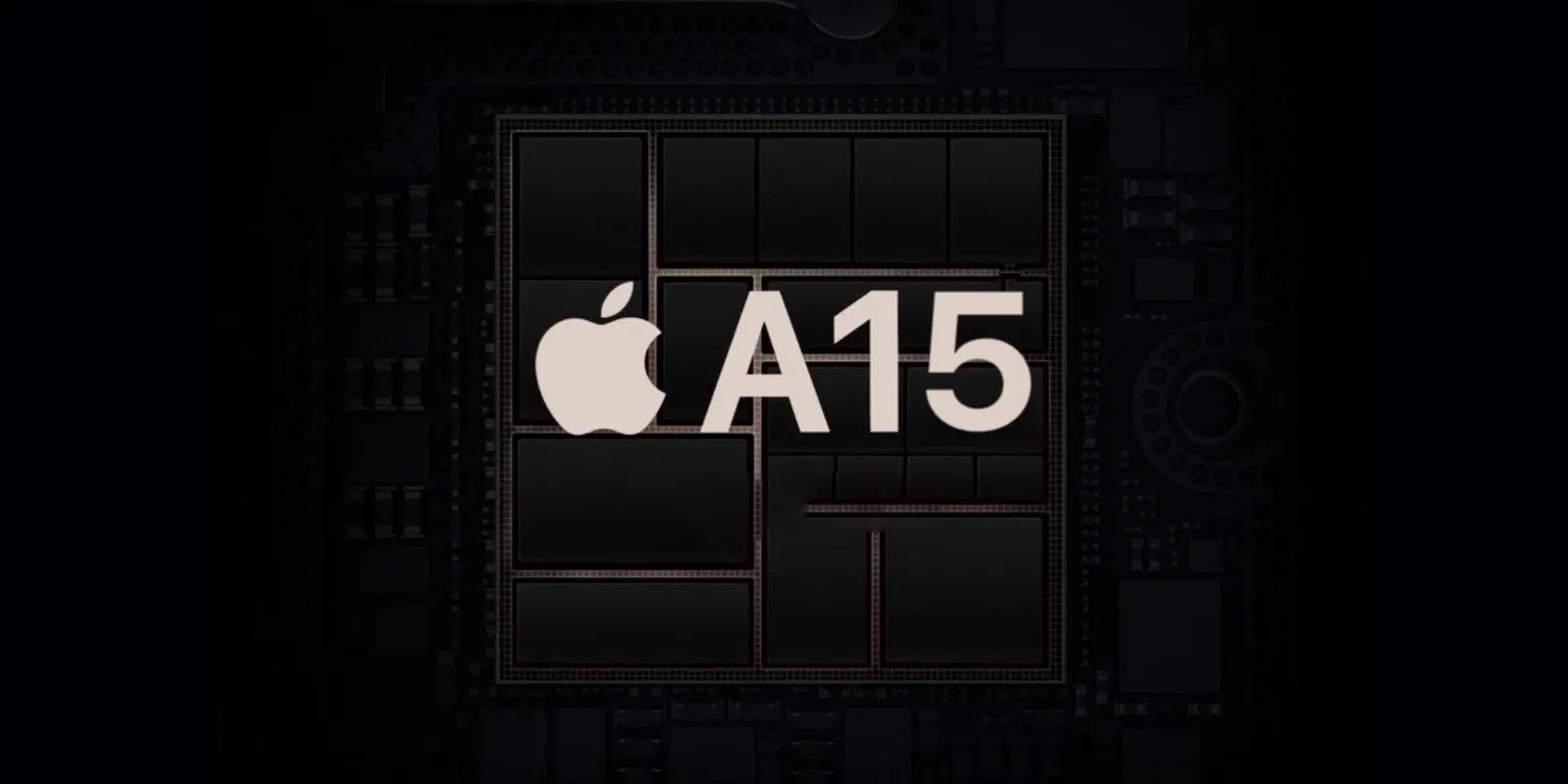
It also depends on your finger
Determining the refresh rate of iPhone 13 Pro displays depends on the speed of your finger in applications and the system. Even Safari can use 120 Hz if you scroll the page quickly in it. Similarly, reading a tweet will be displayed at 10 Hz, but once you scroll through the home screen, the frequency can shoot up to 120 Hz again. However, if you drive slowly, it can move virtually anywhere on the contained scale. Simply put, the ProMotion display delivers fast refresh rates when you need them and conserves battery life when you don't. But you don't have to worry about anything, everything is managed by the system.
Apple's displays benefit from the fact that they use Low Temperature Polycrystalline Oxide (LTPO) displays. These displays have a higher adaptability and therefore can also move between the mentioned limit values, i.e. not only according to the selected degrees. E.g. company Xiaomi offers a so-called 7-step technology in its devices, which it calls AdaptiveSync, and in which there are "only" 7 frequencies of 30, 48, 50, 60, 90, 120 and 144 Hz. It does not know the values between the said ones, and according to the interaction and displayed content, it switches to the one that is closest to the ideal.
Apple usually offers its main innovations first to the highest-ranking models in its portfolio. But since it has already provided the basic series with an OLED display, it is very likely that the entire iPhone 14 series will already have a ProMotion display. He should also do this because fluidity of movement not only in the system, but also in applications and games is actually the second thing a potential customer will come into contact with after evaluating the design of the device.
 Adam Kos
Adam Kos 